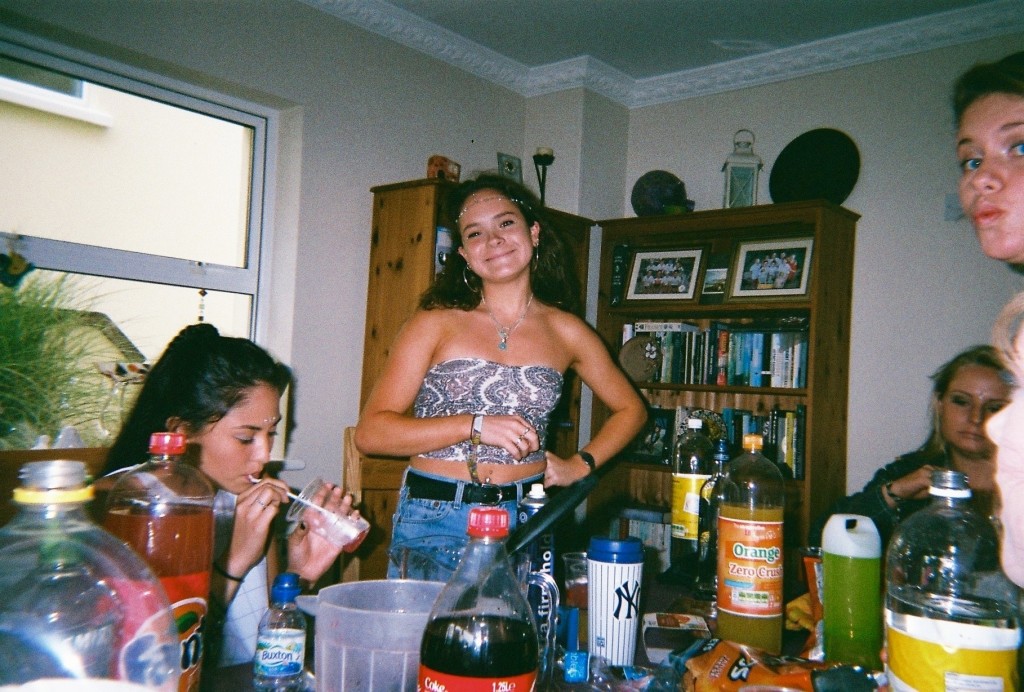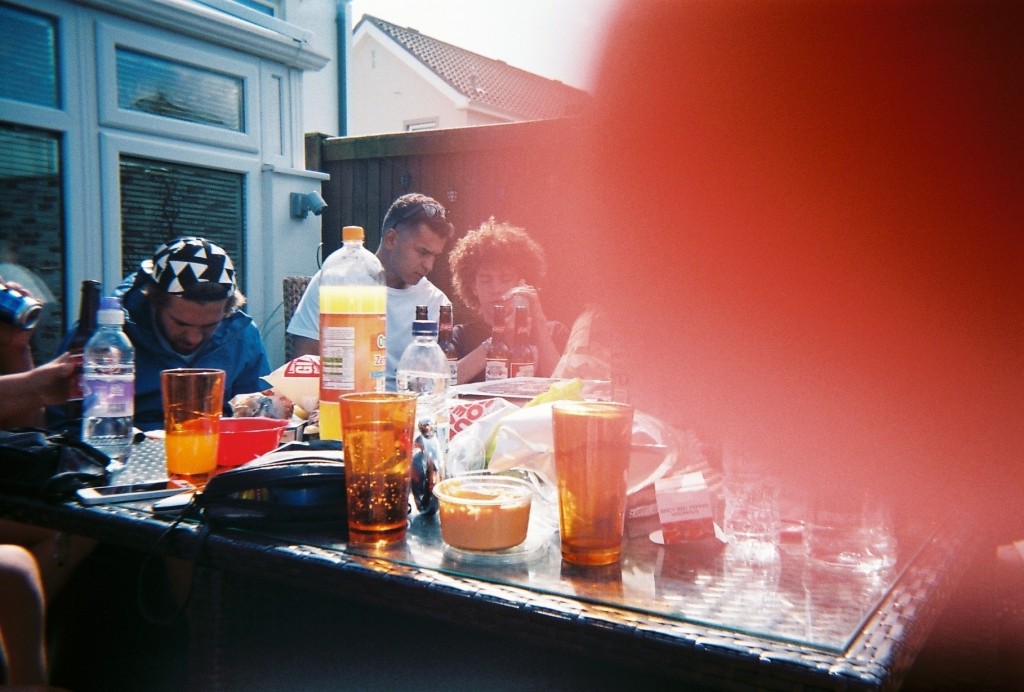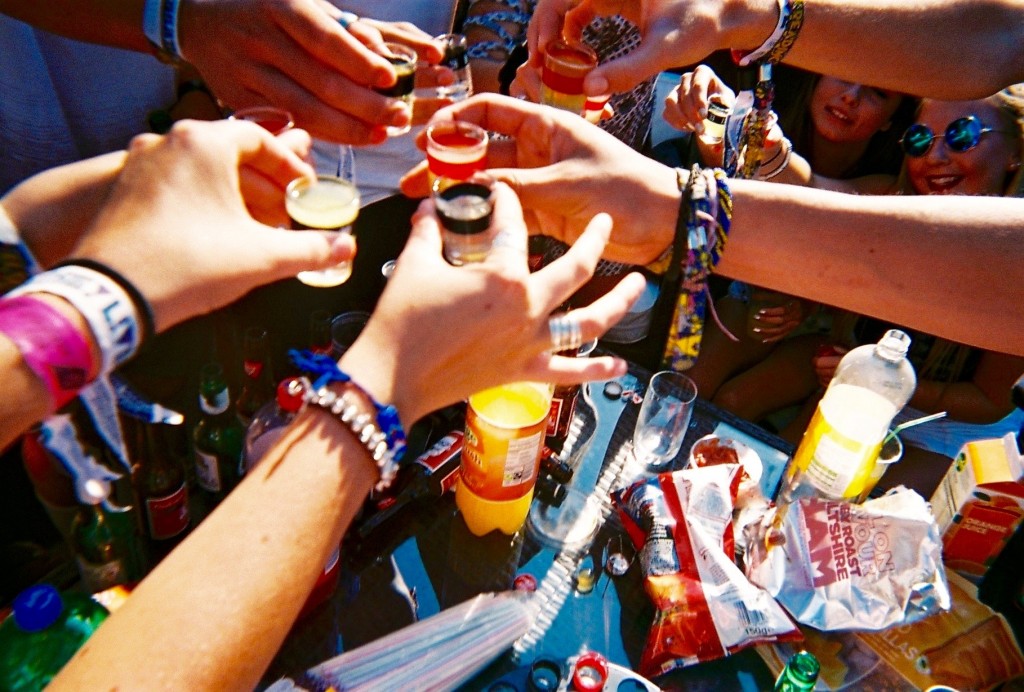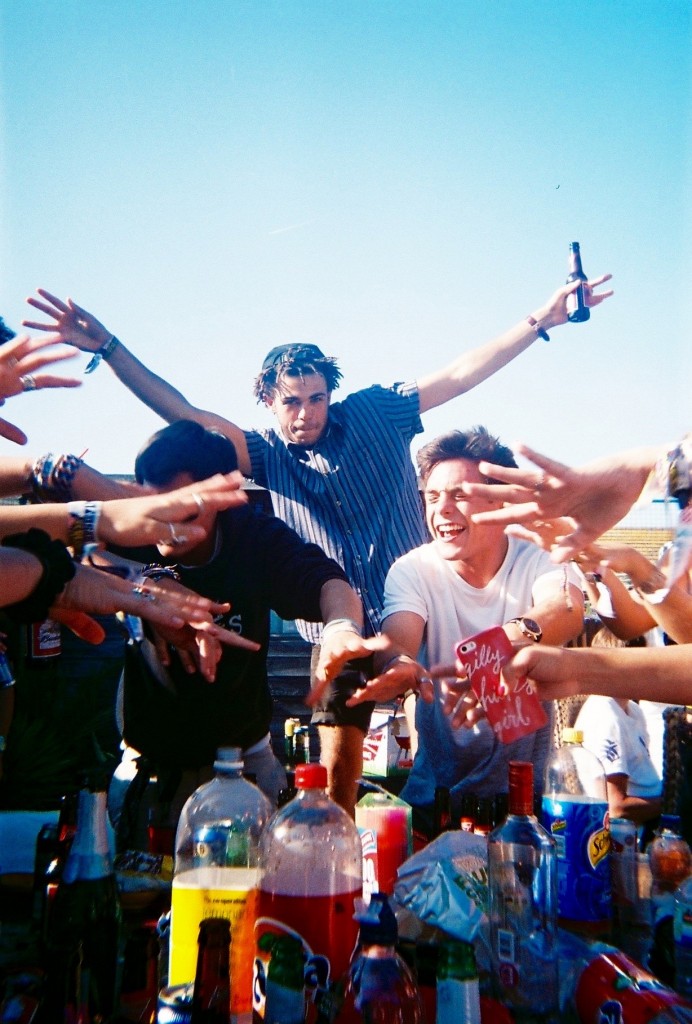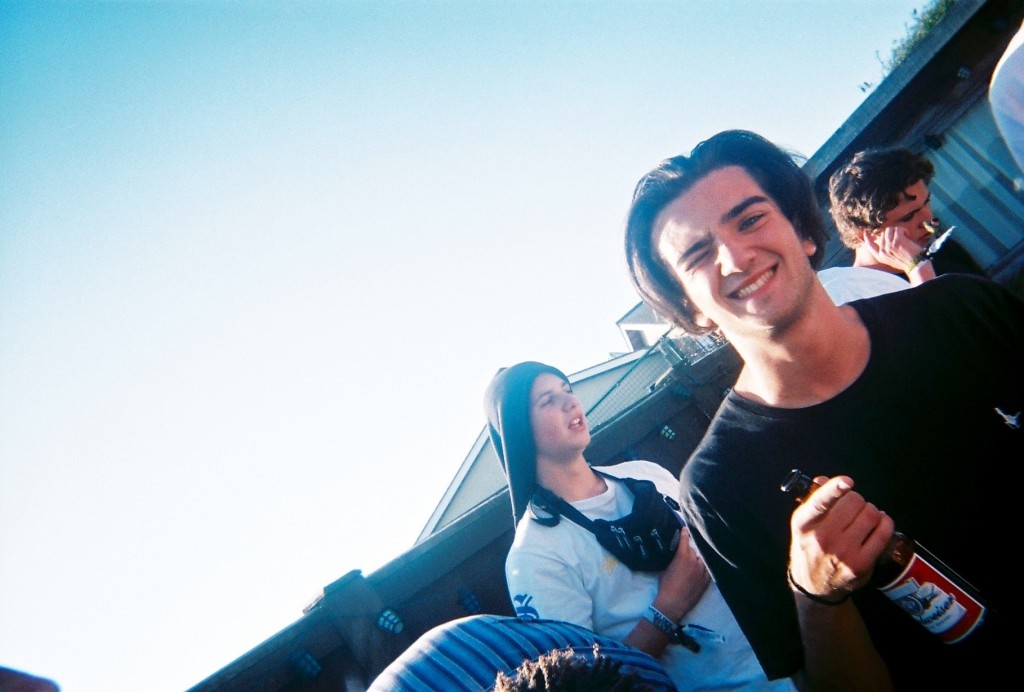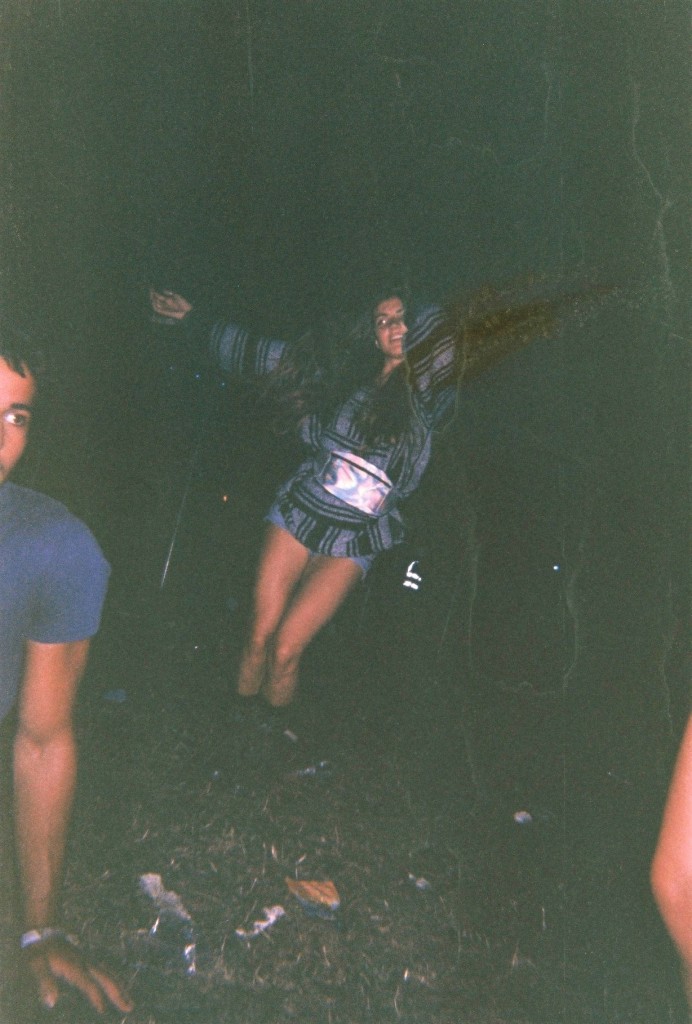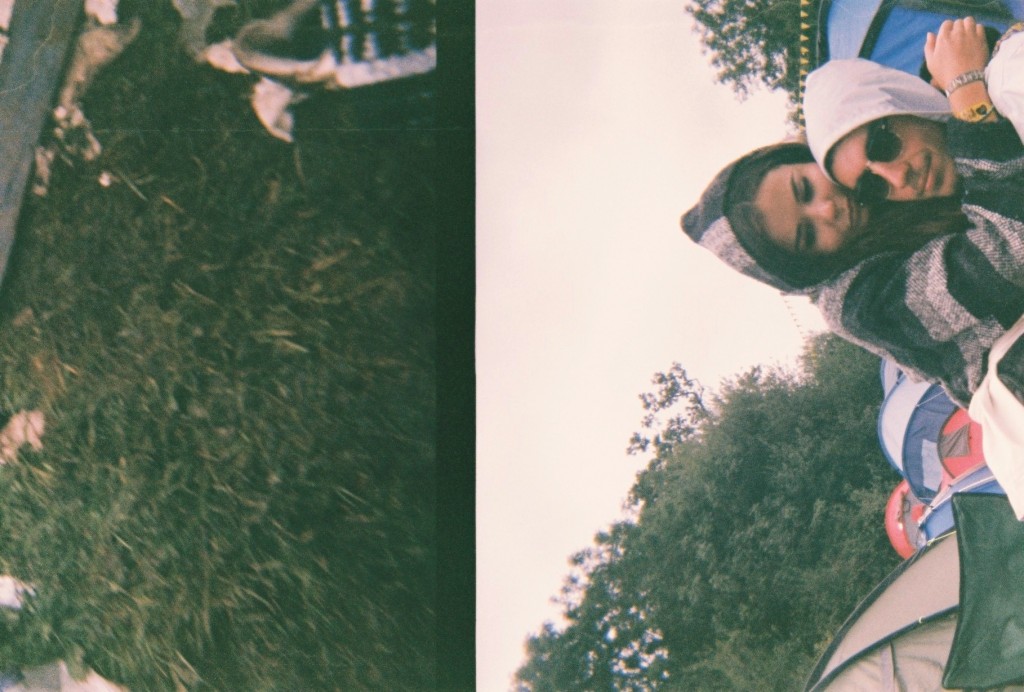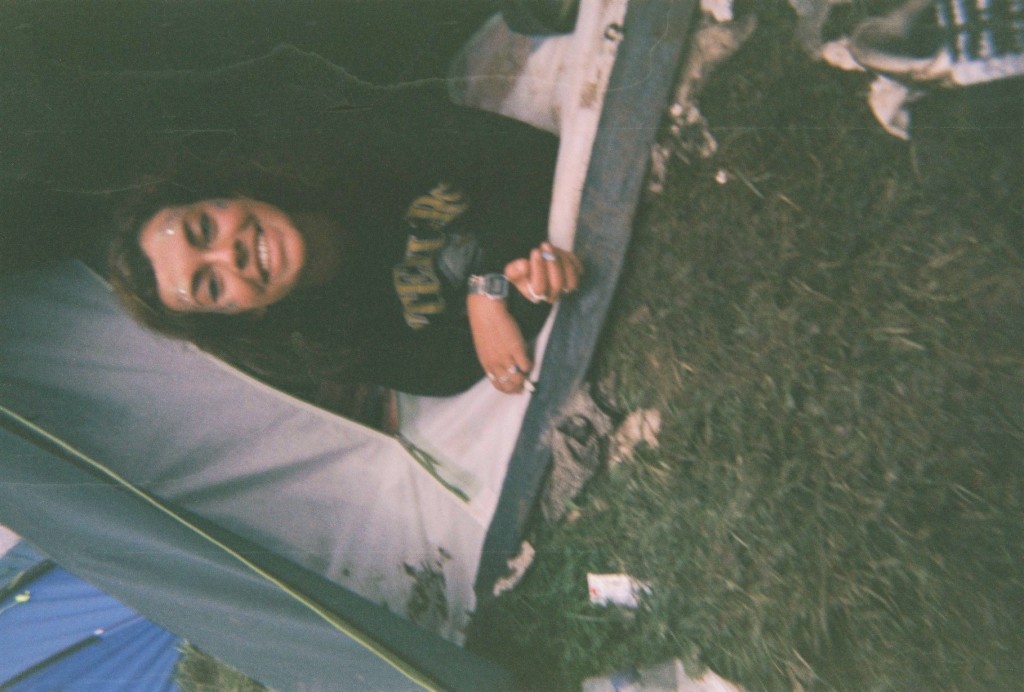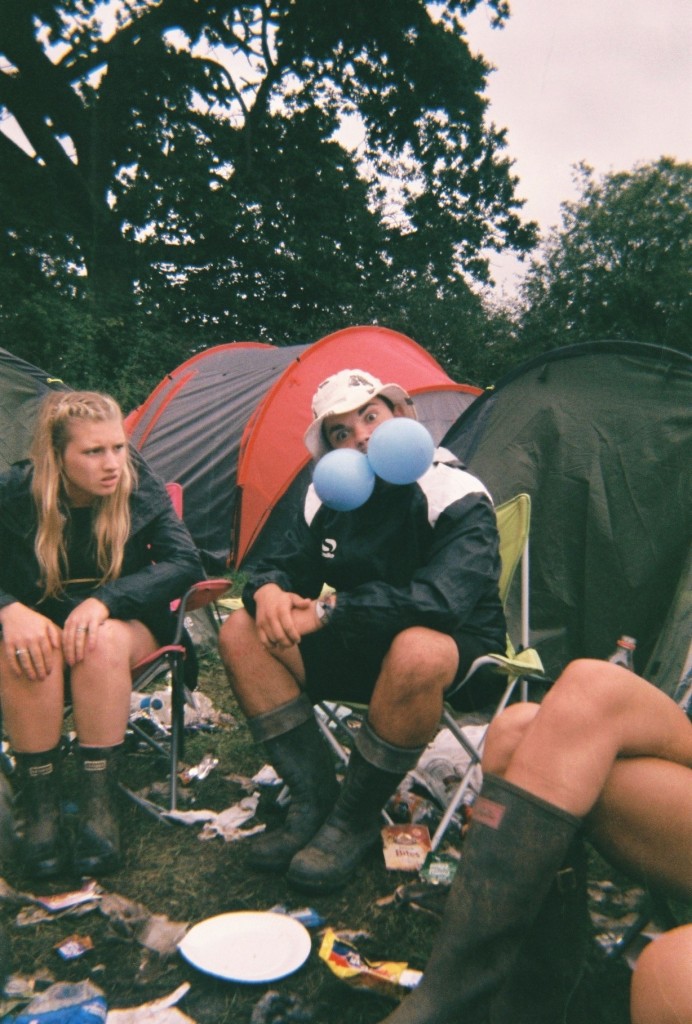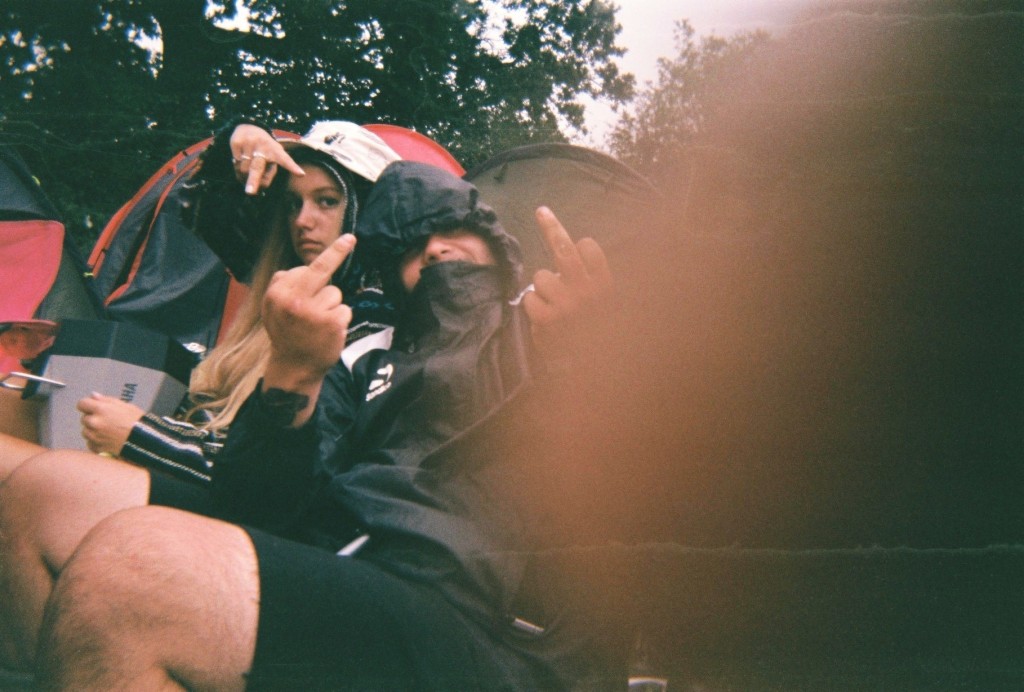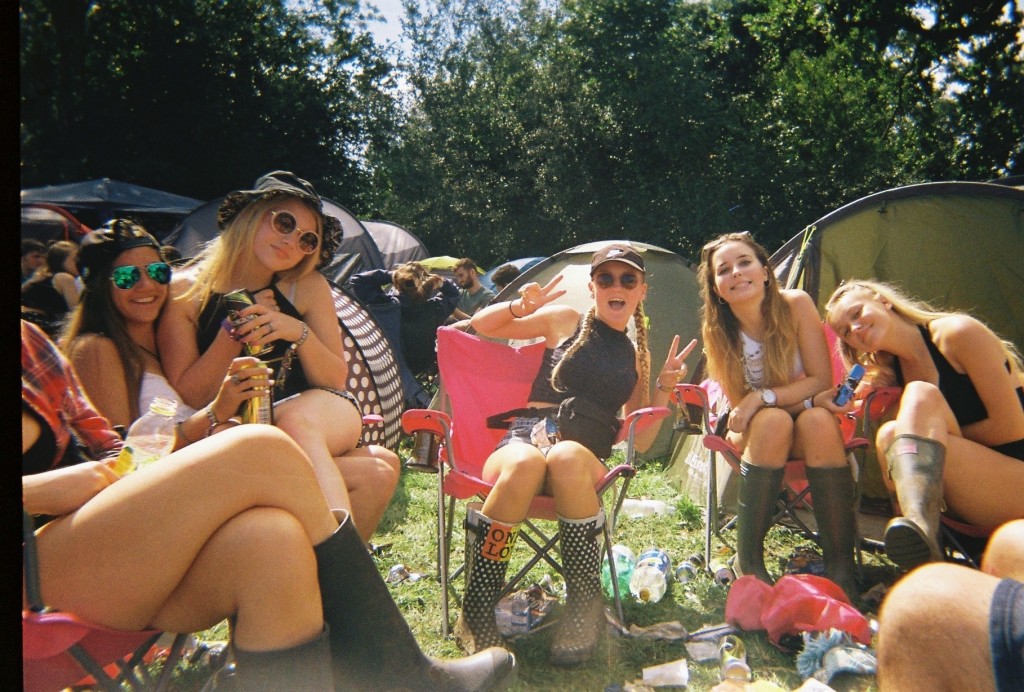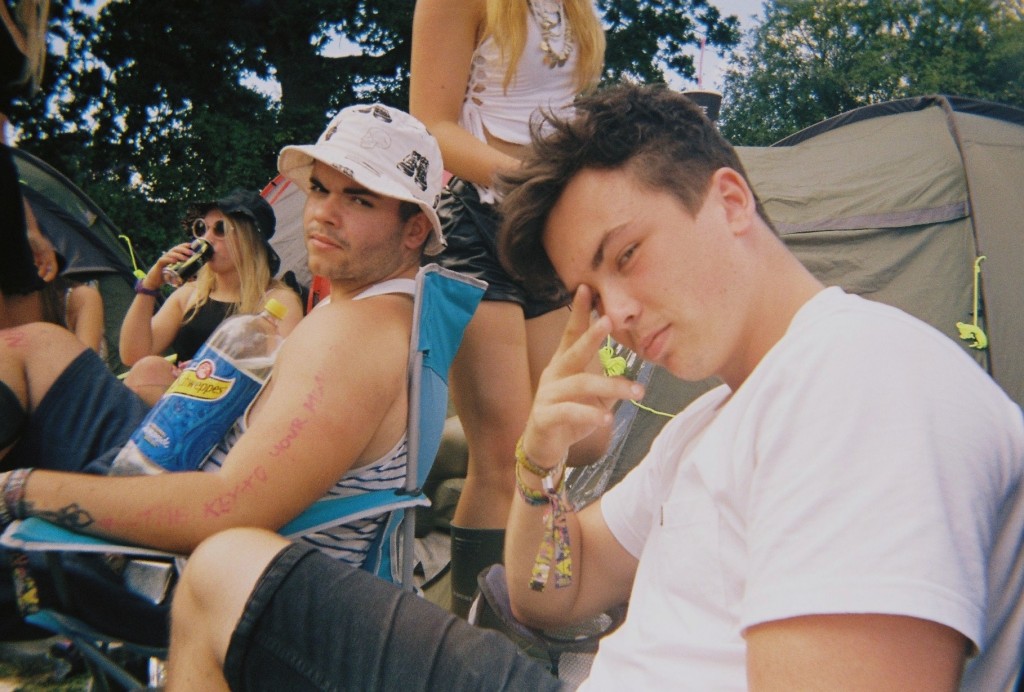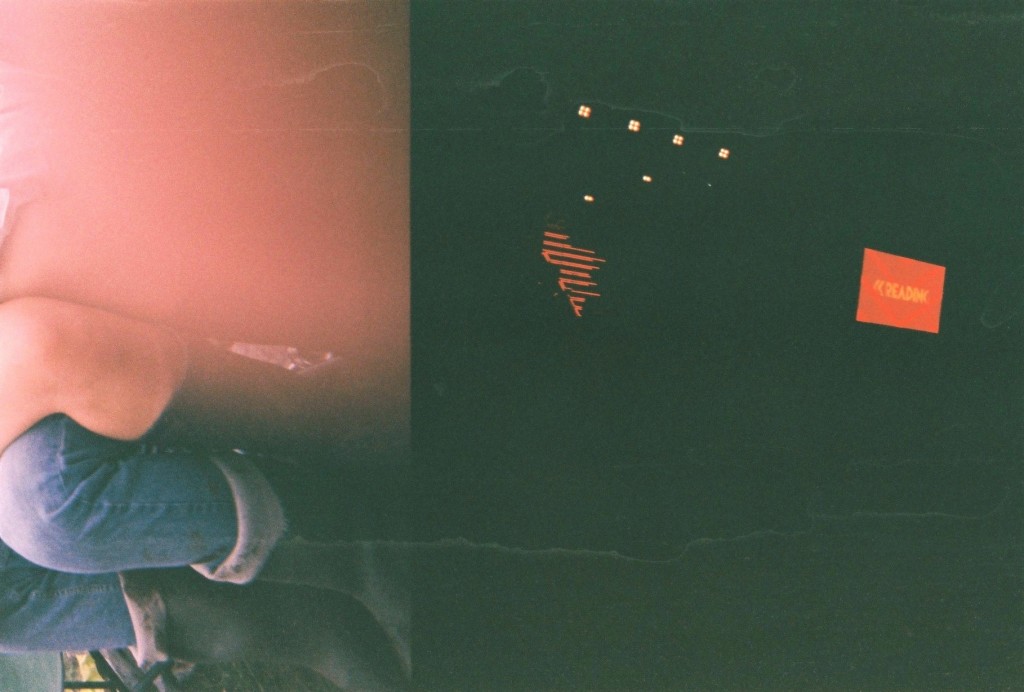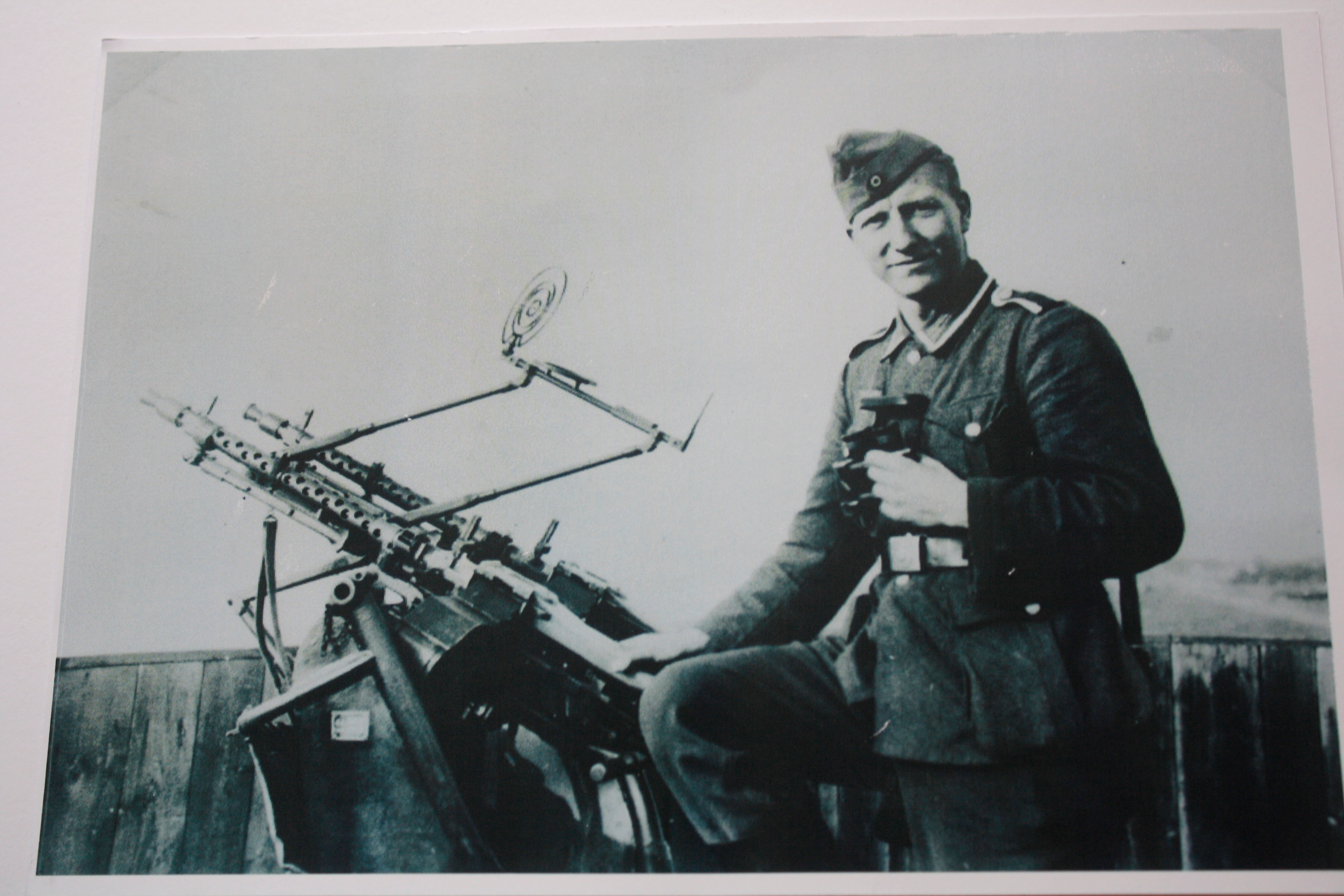On Friday 23rd October we had the opportunity to visit the Jersey Art Museum to see the exhibition which celebrates 125 years of the JEP to give us some inspiration for our task “Your Story, Our History: 125 years seen through a JEP lens”.
First impressions when you walk in?
- Black, white and red eye catching
- Red background linked to the JEP
- Contrast
- Simple layout
- Small space
Although exhibition was celebrating 125 years they only had photographs representing about 50 years therefore the title was miss leading. They didn’t include any photographs from 2000, however I think this is were our task ‘125 hours through a teenagers lens’ may fit in. One thing I found that was really interesting, is there were no photographs of jersey and the community during the German Occupation In World War II, we then found out that this was because the Head of the JEP at the time burned all the images to make sure that the Germans didn’t get hold of them, I think this was an interesting way of preserving Jersey’s history/culture from the Germans. It also made me wonder if there were any important photographs or information that they didn’t want the Germans to find out about.
The first photograph I have chosen is ‘Prince Charming’ as one of my favourite photographs from the exhibition, this is because this was the first photograph that caught my eye when I walked into the exhibition, as it was placed in the middle and right in front of the entrance. Another reason why I chose this photograph as one of my favourites is because I think it portray’s a typical ‘ladies man’ although the person is famous. I think it was captured at the right moment and I like the composition. The only critique I have is I don’t know a lot about the context of the photograph or who the photographer is.
The second one I chose was the ‘housewife protest’ photograph because I think it’s a powerful image, due to what it represents rather than it’s composition, the photograph is of a protest during the 70’s which was a crucial time for ‘ the feminist movements’ when women not just in Jersey were fighting to have more rights and for the equality between men and women. I think the banner is the main point of focus and as a viewer it is the first thing your eye is drawn to. I usually don’t like when there is too much going on in a photo however in this case I like that the photograph was filled which gives you a lot to look at, the photograph was also taken from above which I think gives you a better view of what is going on, I think a photograph taken from above works better because of what it’s representing.
My least favorite photograph is the Cadet regatta 1948, because the people in the photograph are all facing the other way, so you can’t see their faces. The displayed photograph in the museum also looked a bit blurry. It doesn’t seem like there is much going on in the photograph which makes it uninteresting and reasonably forgettable among the other photographs. Another aspect of the exhibition that I didn’t really like was the wall of photographs about what happened inside the JEP I think that they focused to much attention on this and there were a couple of photographs illustrating the same thing.






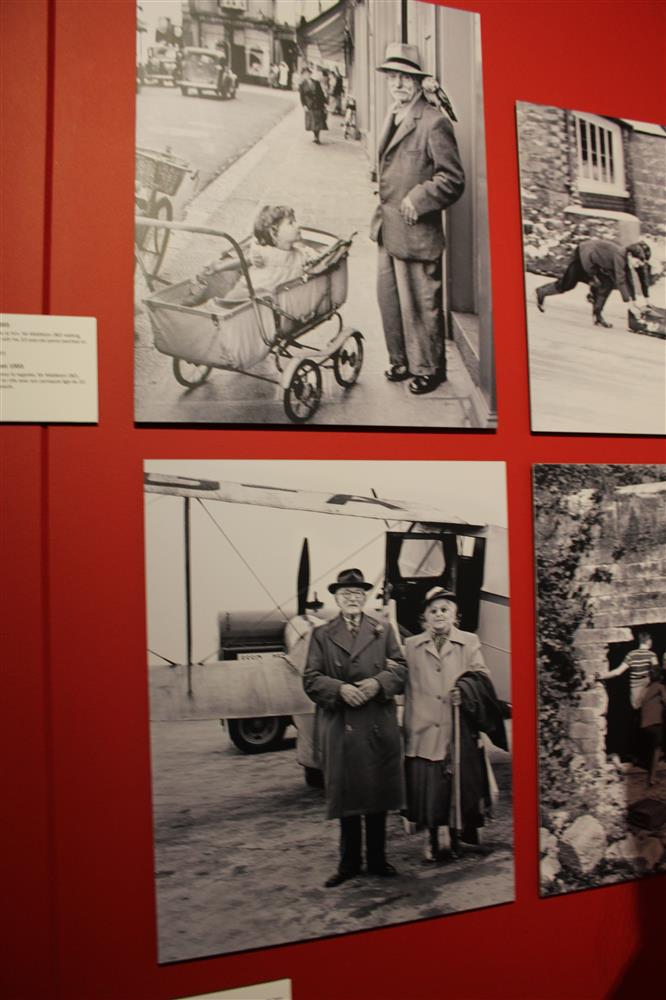






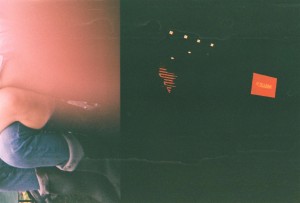
![Screen_Shot_2015-11-03_at_09.02.44[1]](https://hautlieucreative.co.uk/photo16a2/wp-content/uploads/sites/2/2015/11/Screen_Shot_2015-11-03_at_09.02.441.jpg)
![Screen_Shot_2015-11-03_at_09.02.13[1]](https://hautlieucreative.co.uk/photo16a2/wp-content/uploads/sites/2/2015/11/Screen_Shot_2015-11-03_at_09.02.131.jpg)
![Screen_Shot_2015-11-03_at_09.02.56[1]](https://hautlieucreative.co.uk/photo16a2/wp-content/uploads/sites/2/2015/11/Screen_Shot_2015-11-03_at_09.02.561.jpg)
